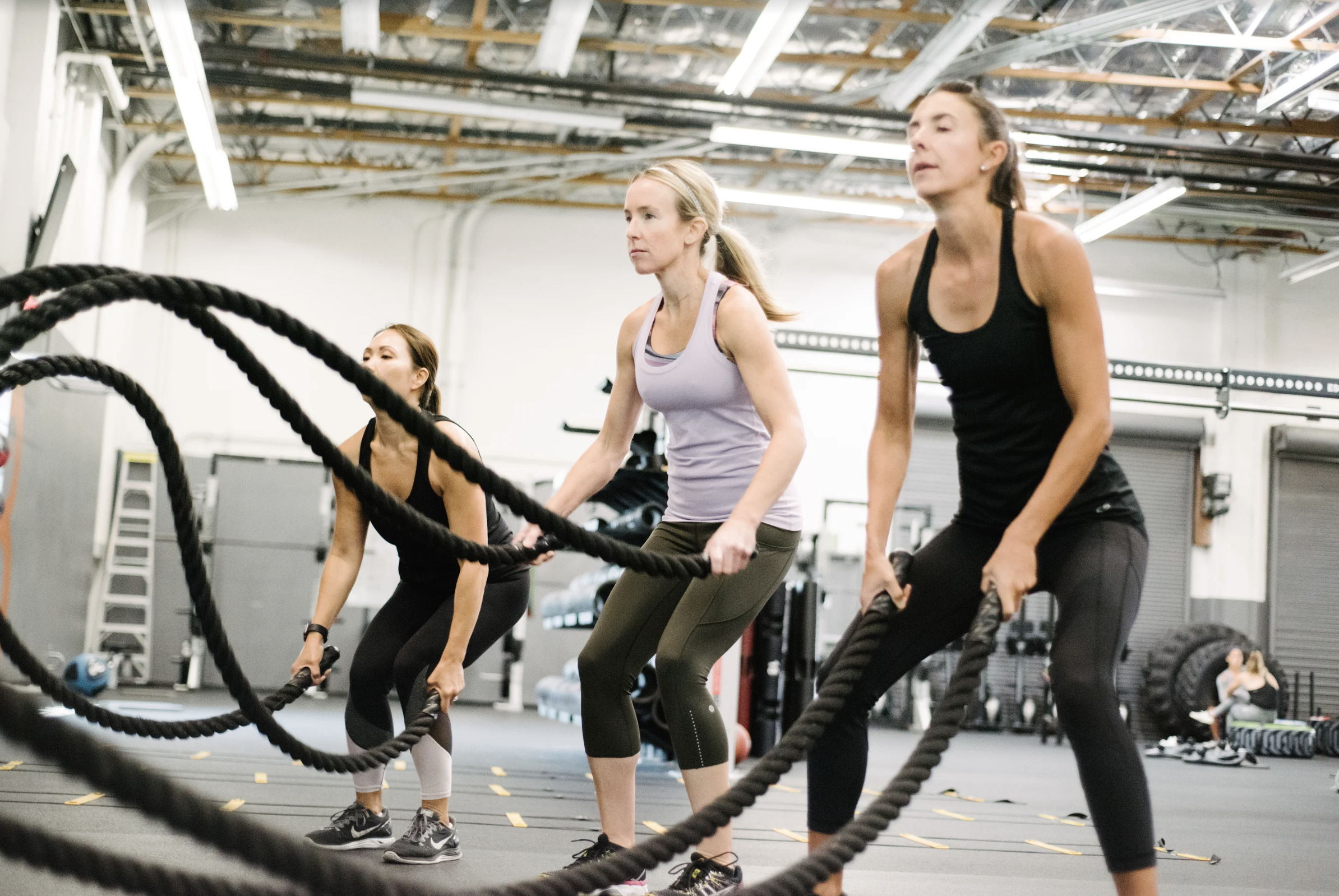July 22, 2014

If you’ve ever studied or observed the human body, no doubt you’ve realized that the human body was designed to act as a whole. Sure in a human anatomy class we isolate and learn about each separate bone, joint, ligament and muscle. But outside the classroom, in the gym and in everyday life all those components work and flow together to in fluid motion.
When you swing a golf club, you don’t simply use your hands to grasp the club and your arms to swing, you use your shoulder, your back, your hips, your legs and … well your whole body.
Taking this basic concept into the gym, you start to get a very basic idea of what I often refer to as “functional training.”
From a training and conditioning standpoint functional training has been defined as anything in open space, progressive, creative, “outside of the box”, or using equipment other than machines or traditional equipment. Unfortunately, this definition is far from correct. Most training programs only answer or give the “what” defined as the techniques behind the program. Even fewer demonstrate the “how” or strategies behind the techniques. Only a small number of trainers have mastered the principles or truths behind the strategies enough to answer “why”.
When a program demonstrates these 3 qualities (what, how and why) in unison then it has the ability to become truly functional.
An appreciation and in-depth knowledge and understanding of the principles of neuromusculoskeletal chain reaction biomechanics needs to be the foundation of any movement based performance and conditioning program.
You’ll know a functional trainer when he/she demonstrates proficiency by developing and revealing a strategic plan of action employing all forms of movement, dimension, and influence tweaks. Demonstrating expertise and confidence in implementing and managing all functional techniques of assessment, rehabilitation, training and conditioning, performance, and prevention is the face and final stage of functional training.
Functional training means that every movement, exercise and program makes the trainee perform optimally, efficiently and effectively. Every part of the body associated to an exercise movement is being used correctly and to its full potential. Basically, it’s making sure no movement is wasted. The trainee should be able to do an exercise at the right time, in the right way to receive the right result.
If your training program is missing any of these qualities, then I would say it is not functional, and your body will not be conditioned as it was designed to be.
Usually trainers bypass functional training because their client is injured and they are more concerned about treating the symptom than training the body correctly and letting it self-adjust. If you hurt your knee running and go to a trainer to help you, will they focus more on strengthening the knee or allowing you to gimp on it, which will only make your body overcompensate and strain the other muscles in your body? That’s a classic example of function gone out the window. Wouldn’t it be better to practice conditioning the hurt knee with the healthy knee and not stressing either one out until the body repairs itself?
Too often traditional interventions have focused on processes that respond to symptoms rather than on solutions that resolve the cause of the pain.
So now that you know a little more about functional training, how do you find the right program for you? Here are some tips.
Too many gyms isolate muscles and then over stress these muscles by performing exercises no one would ever perform in their day to day life, and then adding weight to it and repeating ad nauseam. You may feel like a stud, but from all my personal studying and in the gym training experience, you are not conditioning your body by participating in these programs, you’re stressing it and you will eventually injure yourself.
So the first tip in looking for the right fitness program is to see whether or not the body is treated as a whole. If it’s not, try something new.
One this is for certain: if your trainers cannot answer the question “why are we doing this?” then they shouldn’t be your trainer, you should just save the money and watch YouTube training videos. All jesting aside, you only get one body in your life. Don’t trust its maintenance and preservation into the hands of someone who has never studied your muscles, never learned in depth how the body works together and how to prevent injury and repair the injured parts.
Would you go into surgery with a doctor who watched others, and read online about the procedure? Please don’t.
Training should be based in science, and science is founded in questions, observations and conclusions.
Have any questions about training? Leave a comment and ask us! If we can’t answer “why” then feel free to check out other programs.
Share it: